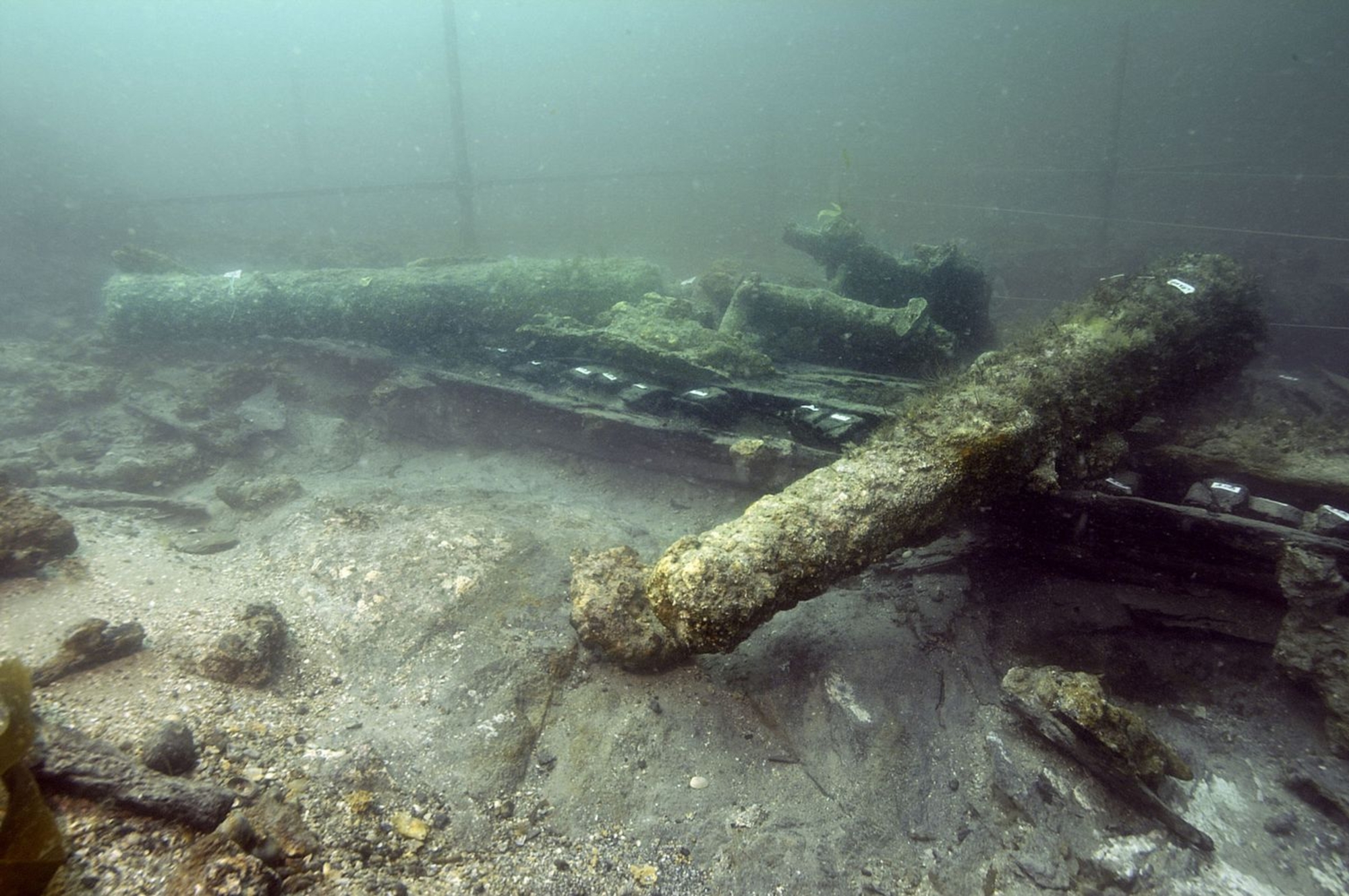
- Home
- Life aboard ship
- The roar of the cannons
- The gunner's scale from the Dauphine
This gunner's scale, or gauge, was used as both an aide-mémoire and a slide rule. It is made of boxwood, and has markings on every surface. A table engraved on one of its flat sides indicates the type of ordnance, and the weight of gunpowder and shot to use, all in pounds. The bottom edge features a set of gradations in inches, while the top edge is stepped, so as to be able to measure a gun's calibre. To do so, the gunner would place the gauge in the mouth of the cannon and measure the interior diameter.
The scale lists various types of guns, including the falconet, saker, minion and culverin. By the early 18th century, the French navy had already replaced these with standardised 4-, 6-, 8-, 12-, 18- and 24-pounds calibres. The indication 1648, inscribed on one of the rule's flat sides, is no doubt the year it was made, while the letters IC are the initials of the creator, John Chatfield, an English maker of scientific instruments who was active in London between 1630 and 1650.
Over and beyond its exceptional interest in terms of the history of technology, the presence of such a scale on board the Dauphine is surprising. It must have been a precious possession for its owner, although he could not have used it on the royal cannons. We might even imagine that the ship, after various successful raids, had to use a heterogeneous collection of sometimes ancient pieces of artillery.


